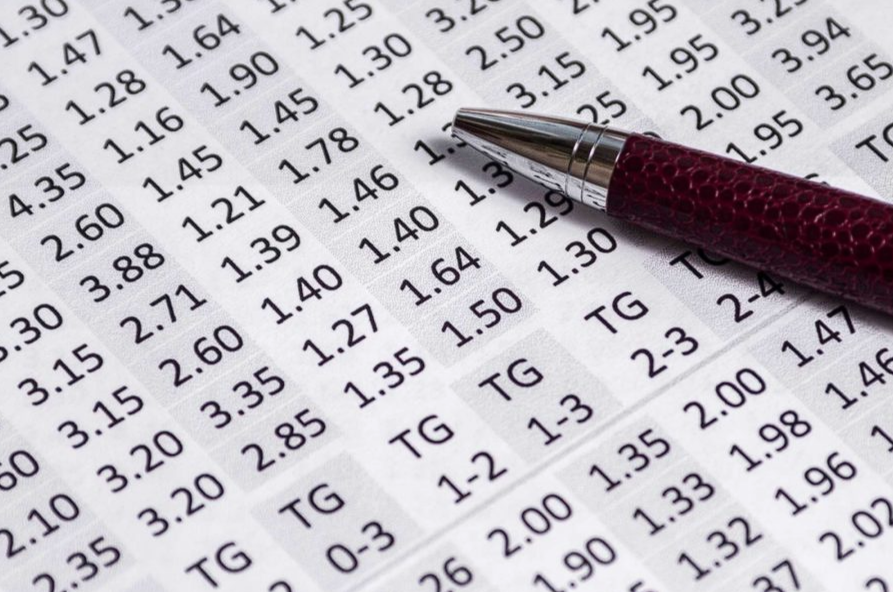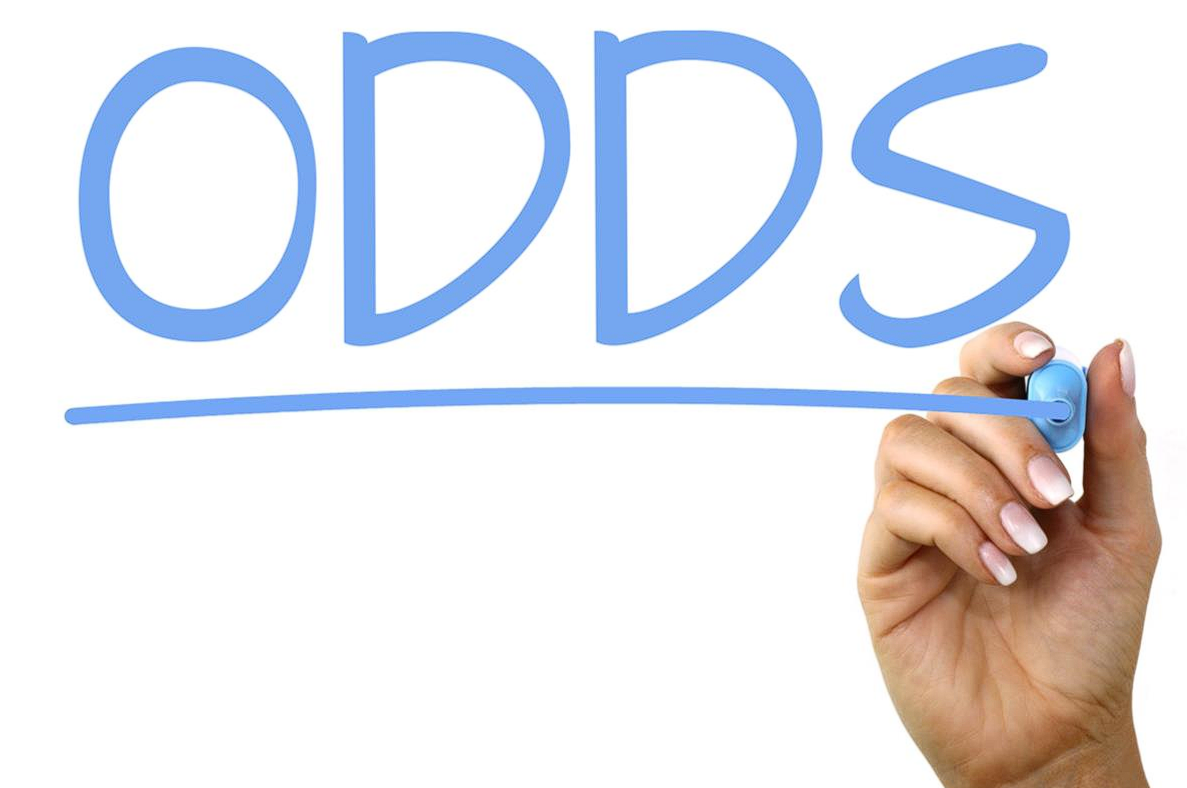In the world of sports betting, understanding how odds are set is crucial for making informed decisions and maximizing your chances of success. Bookmakers use complex calculations and various factors to determine the odds for different betting markets. This article delves into the process of setting odds, providing insights into the calculations and considerations that influence bookmaker decisions.
The Role of Odds in Sports Betting
Odds play a fundamental role in sports betting, representing the probability of a particular outcome and determining the potential payout for a winning bet. Understanding how odds are set can help bettors identify value and make more strategic betting decisions.
What Are Odds?
- Probability Representation: Odds reflect the likelihood of an event occurring, based on statistical data and other factors.
- Payout Determination: They determine the amount a bettor will win if their bet is successful.
- Types of Odds: Odds can be presented in different formats, including decimal, fractional, and American odds.
Importance of Understanding Odds
- Identifying Value: Understanding odds helps bettors identify value bets, where the probability of an outcome is higher than what the odds suggest.
- Risk Management: Knowing how odds are set allows bettors to manage risk effectively and make informed decisions.
Factors Influencing Odds Calculations
Bookmakers consider various factors when setting odds, aiming to create a balanced market that attracts bets on all possible outcomes.
Statistical Analysis
- Historical Data: Bookmakers analyze historical data, including past performances, head-to-head records, and statistical trends.
- Current Form: The recent form of teams or players significantly influences the odds.
Market Demand
- Betting Patterns: Bookmakers monitor betting patterns and adjust odds based on the volume of bets placed on specific outcomes.
- Public Perception: The public’s perception of a team or player can influence the odds, even if it doesn’t align with statistical data.
Expert Analysis
- Professional Insights: Input from sports analysts and experts helps refine the odds, considering factors that may not be evident in statistical data.
- Injuries and Suspensions: Key player absences can significantly impact the odds, as they affect a team’s performance.

The Process of Setting Odds
Setting odds involves a combination of statistical analysis, market research, and expert insights. Here’s a breakdown of the process:
Initial Odds Calculation
- Statistical Models: Bookmakers use statistical models to calculate the initial odds based on historical data and other relevant factors.
- Margin Inclusion: A margin is included in the odds to ensure the bookmaker’s profitability, typically ranging from 5% to 10%.
Odds Adjustment
- Market Monitoring: Odds are continuously monitored and adjusted based on betting patterns and market demand.
- Competitor Analysis: Bookmakers compare their odds with competitors to ensure they remain competitive and attractive to bettors.
Balancing the Book
- Risk Management: Bookmakers aim to balance the book by adjusting odds to attract equal bets on all outcomes, minimizing risk.
- Liability Control: Managing liability involves adjusting odds to limit potential losses and ensure profitability.
The Impact of Odds Movements
Odds movements can provide valuable insights into market sentiment and potential value bets. Understanding these movements can enhance your betting strategy.
Reasons for Odds Movements
- Injury Updates: Late injury updates can cause significant odds movements, as they affect a team’s performance.
- Weather Conditions: In sports like football and cricket, weather conditions can influence the odds.
- Market Sentiment: Changes in market sentiment, driven by betting patterns, can lead to odds movements.
Identifying Value in Odds Movements
- Early Odds: Betting early can provide value, as initial odds may not fully reflect market sentiment.
- Tracking Changes: Monitoring odds movements can help identify value bets, where the odds have shifted in favor of a particular outcome.
Conclusion
Understanding how odds are set involves recognizing the complex calculations and considerations that bookmakers employ to create a balanced and profitable market. By analyzing statistical data, monitoring market demand, and incorporating expert insights, bookmakers set odds that reflect the probability of outcomes and manage risk effectively. For bettors, understanding this process can enhance their ability to identify value bets and make informed decisions, ultimately improving their chances of success in sports betting.
